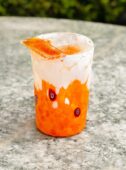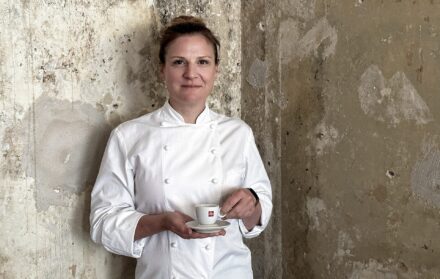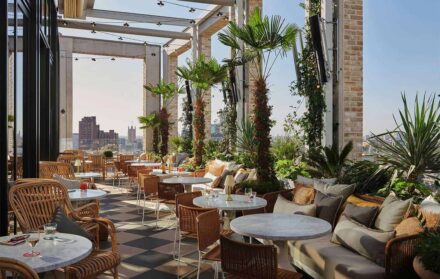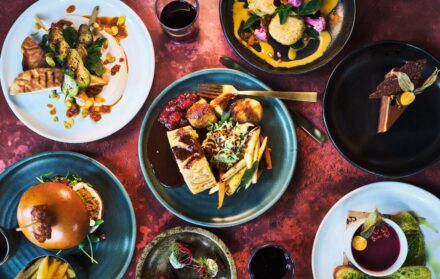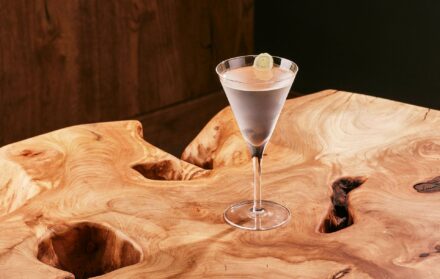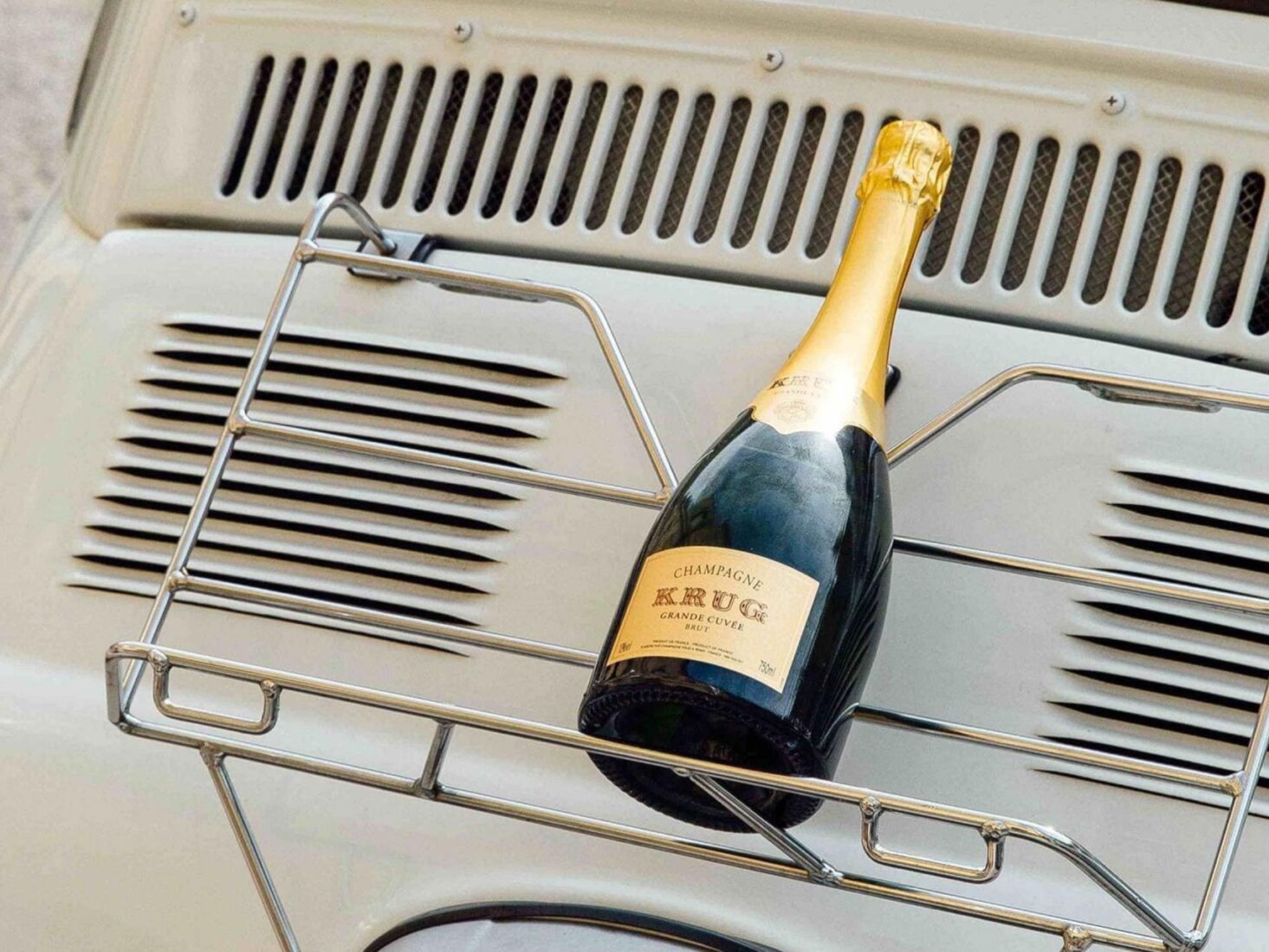
How to Invest in Fine Wine
The phenomenon of procuring premium plonk is here to stay – but where to start?
France, with its clement climes, may have mastered the process of turning grapes into wine, but the British soon cottoned on to the fact that they too could make a few bob investing in it. For centuries London has been a wine trading hub – British collectors were some of the first ones to coin the concept of investing in wine, purchasing excess cases of Bordeaux classics such as Château Palmer to sell at a later date. This provided welcome funds for younger models and was the pursuit of wine aficionados, rather than a full-blown investment market.
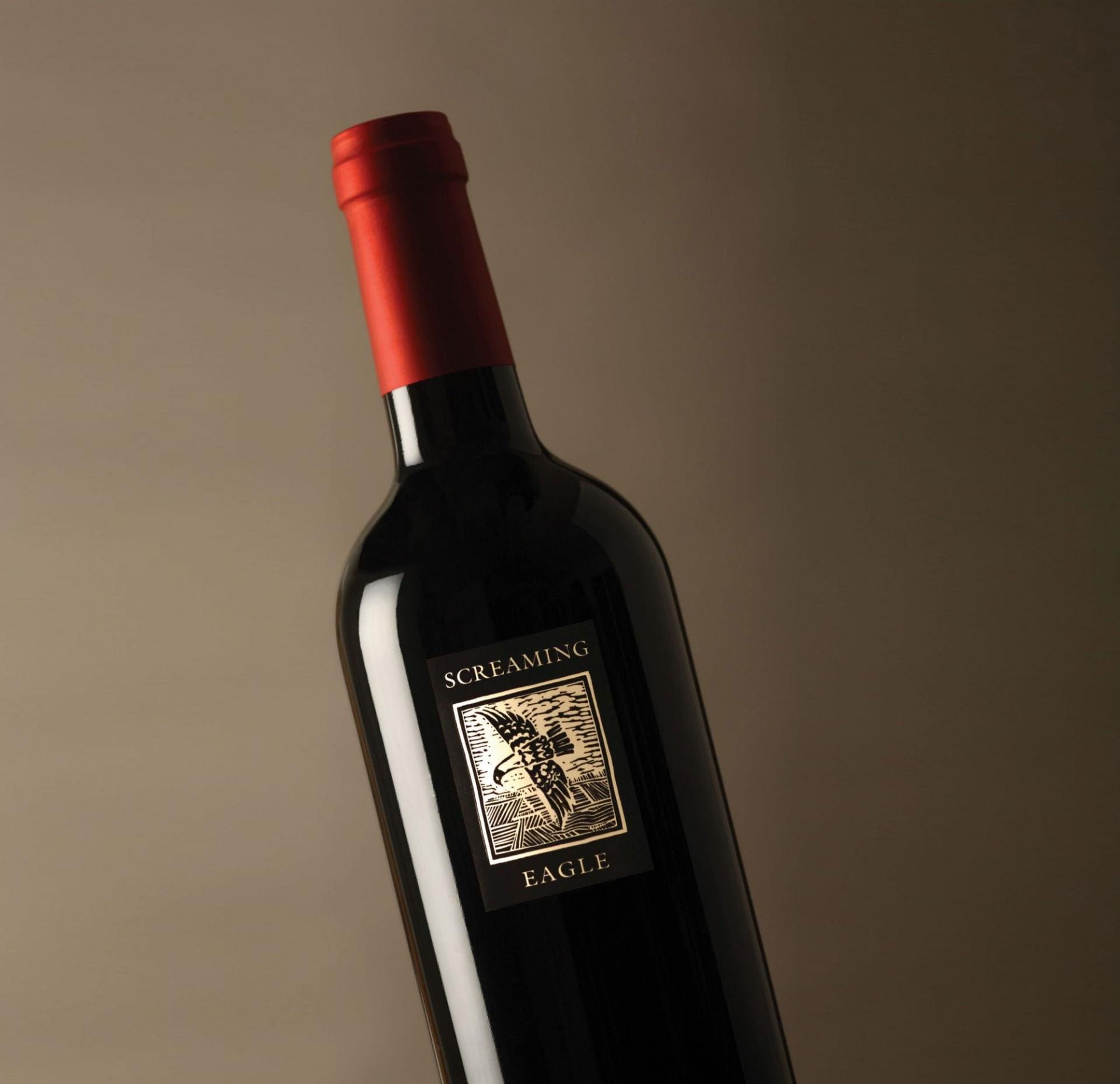
Times change. Global demand – particularly from Asia – continues to rise for the world’s finest wines. Indeed, in a post-Brexit climate, fine wine is increasingly being promoted as a relatively safe investment in turbulent times. According to recent research published by investment specialists Cult Wines, one in four wealth managers expect demand for wine investing to increase significantly over the next 12 months.
“Intermediaries are clearly seeing increased levels of interest in wine….in light of market volatility and poor returns, it is being recognised as a genuine alternative asset class,” explains Tom Gearing, managing director of Cult Wines.
The pertinent question is – where should investors be looking? According to fine wine trading platform Liv-ex, Bordeaux remains a safe bet if you’re buying for profit rather than pleasure. “An important aspect of any investment is liquidity, and Bordeaux provides the best of this. It produces world-renowned highly rated wines in good quantity,” says Liv-ex director Justin Gibbs.
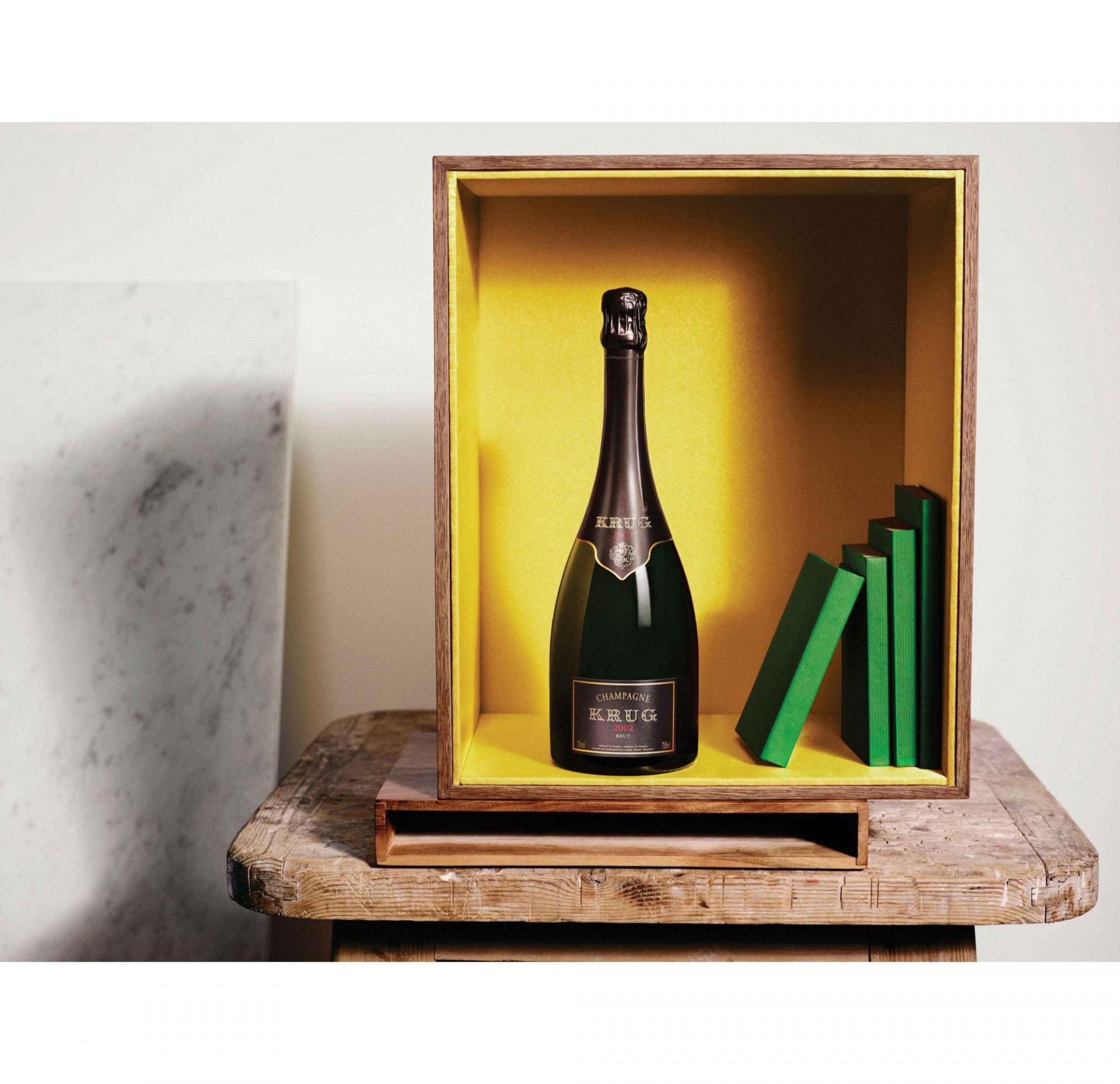
His advice to would-be investors is to stick to the blue chips – most Bordeaux wine investments are made in a very narrow spectrum, about 10-15 Bordeaux properties that are (almost) certain for increase in value due to their global renown and consistently high Robert Parker scores. Particularly when reselling to Asian markets or to wine merchants, you must purchase wines with Parker’s critical approval to ensure a good return. Such properties include Châteaux Margaux, Lafite Rothschild, Angélus, Haut-Brion, Mouton Rothschild, Latour, Ausone and Cheval Blanc.
“Investors must also remember to, if at all possible, choose the best vintages,” adds Gibbs. “Those that might be considered now include 2005, 2009, and 2010. The 2010 vintage was released at the top of the market and has fallen considerably. It currently offers value relative to its release. It is important to remember that, as with all investments, timing is everything. With wine, the demand-supply equation is the basic principle: prices go up in value as the wine gets older.”
Things have come a long way since the days of tunnel vision toward the Bordeaux region, though. “In 2013, barely 25 per cent of our turnover was from Bordeaux sales, 20 years ago that would have been unthinkable,” says Berry Bros. & Rudd fine wine buying director Max Lalondrelle. Our tastes have diversified significantly over the last decade – top Burgundy, Californian and Italian wines now fetch impressive prices on the global market. Again, the secret is to purchase wines that are globally revered. In Italy, that includes Ornellaia and Sassicaia, while California’s Screaming Eagle attracts obscene prices on the secondary market.
Equally, the wine world has long adored Burgundy and its wines, often released in minute quantities, in complete contrast to Bordeaux. China, in particular, has gone crazy for top Burgundy over the past five years – a case of Domaine de la Romanée-Conti (DRC) sold for US$38,081 in Hong Kong in 2014. So it appears to be a good time to be buying into red Burgundy, whose dazzling perfume is delivered solely by the Pinot Noir grape.
Champagne has also attracted the attention of investors, following the hyped 2002 vintage. “The Champagne 50 Index is currently at its highest ever level. It hit 289.56 at the end of July after climbing 8 per cent over the past year,” says Gibbs. Yet Liv-ex is also quick to point out that not all Champagne brands are the golden goose of fine wine investment. It once again advises speculators to: “Stick to the blue chips – strong brands with established track records – as the spectrum of brands that appreciate in value is small.” That exclusive club includes: Krug, Louis Roederer’s Cristal, Taittinger’s Comtes de Champagne, Salon, and Pol Roger’s Winston Churchill.
Overall though, the mood in the markets is one of extreme bullishness, with wine proving itself to be a safe bet in uncertain financial times. While Brexit may yet prove to be the economic disaster many forecast, in the short term at least, it has done the luxury wine market and brokers a world of good.
Five winning wines for a return on investment
Bordeaux

Château Pontet-Canet is a firm favourite with savvy investors. Prices have risen steadily since the 2003 vintage and the wine is one of Liv-ex’s – a benchmark index for fine wine prices – strongest performers. It may not have the status or renown of Lafite, but it is equal in quality.
2011 Pontet-Canet – £353.40 for a case of six from Berry Bros. & Rudd (BBR)
Bordeaux
Château Palmer has been a darling of critics and investors for many decades. Such is the demand for the wine in China that Palmer fakes were becoming rife, forcing the Château to secure all its Château Palmer bottles with Prooftag seals; a wine you can truly buy with confidence!
2010 Château Palmer – £1,700 for a case of six from BBR
Burgundy
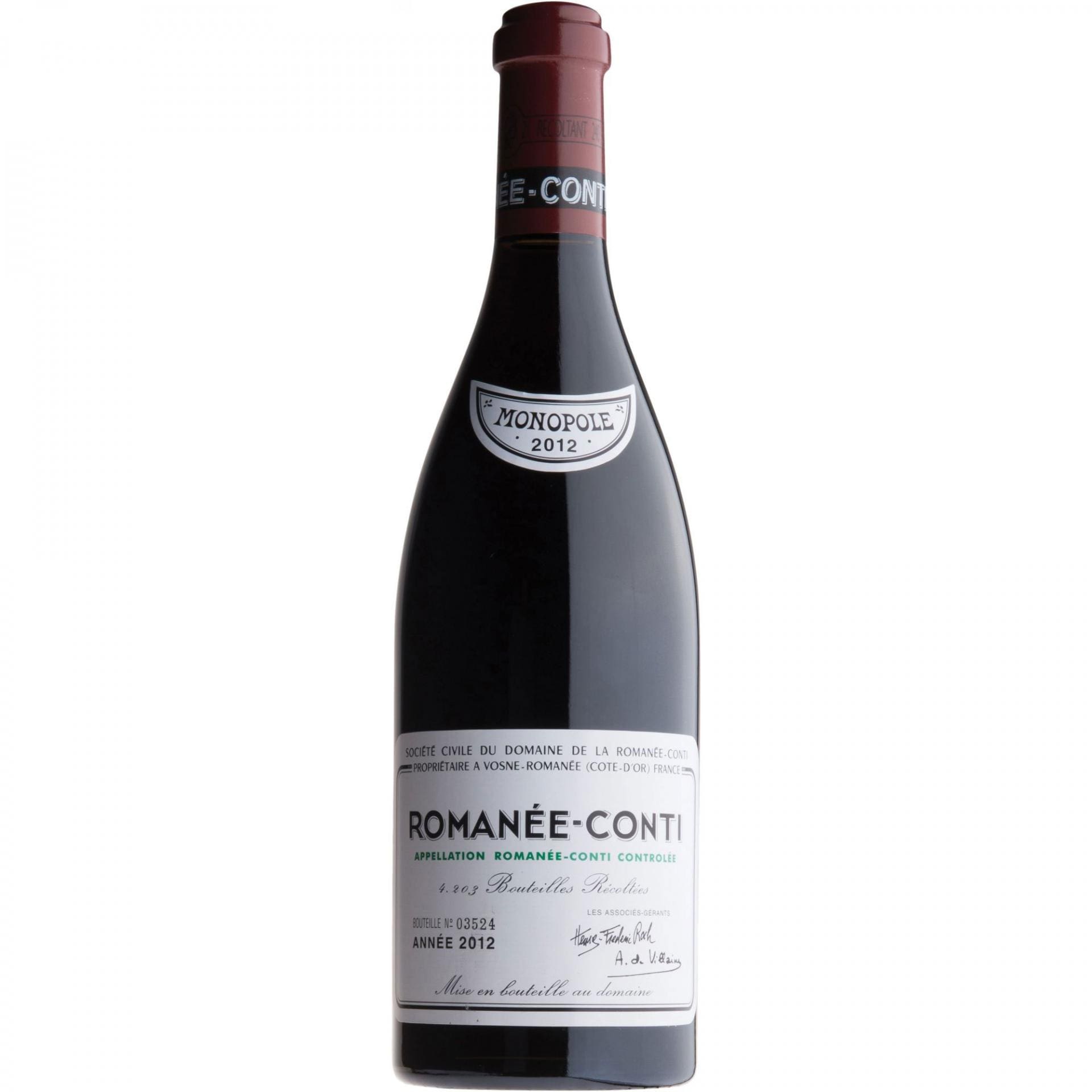
The wine writer Hugh Johnson describes top Domaine de la Romanee-Conti as having “reserves of flavour beyond imagination,” and the wines sell for crown jewel prices. Wine lovers can rest assured that investing in a younger vintage of DRC is bound to reap rewards.
2006 Domaine de la Romanee-Conti La Tache – £11,000 for a case of 6 from BBR
Champagne
Dom Pérignon is named after the famous 17th-century cellar master and Benedictine Monk who first blended Champagne. It remains both a delicious drink and a sound investment choice – on the day of the 2004 vintage release, one UK merchant reported sales of over £1 million after just three hours.
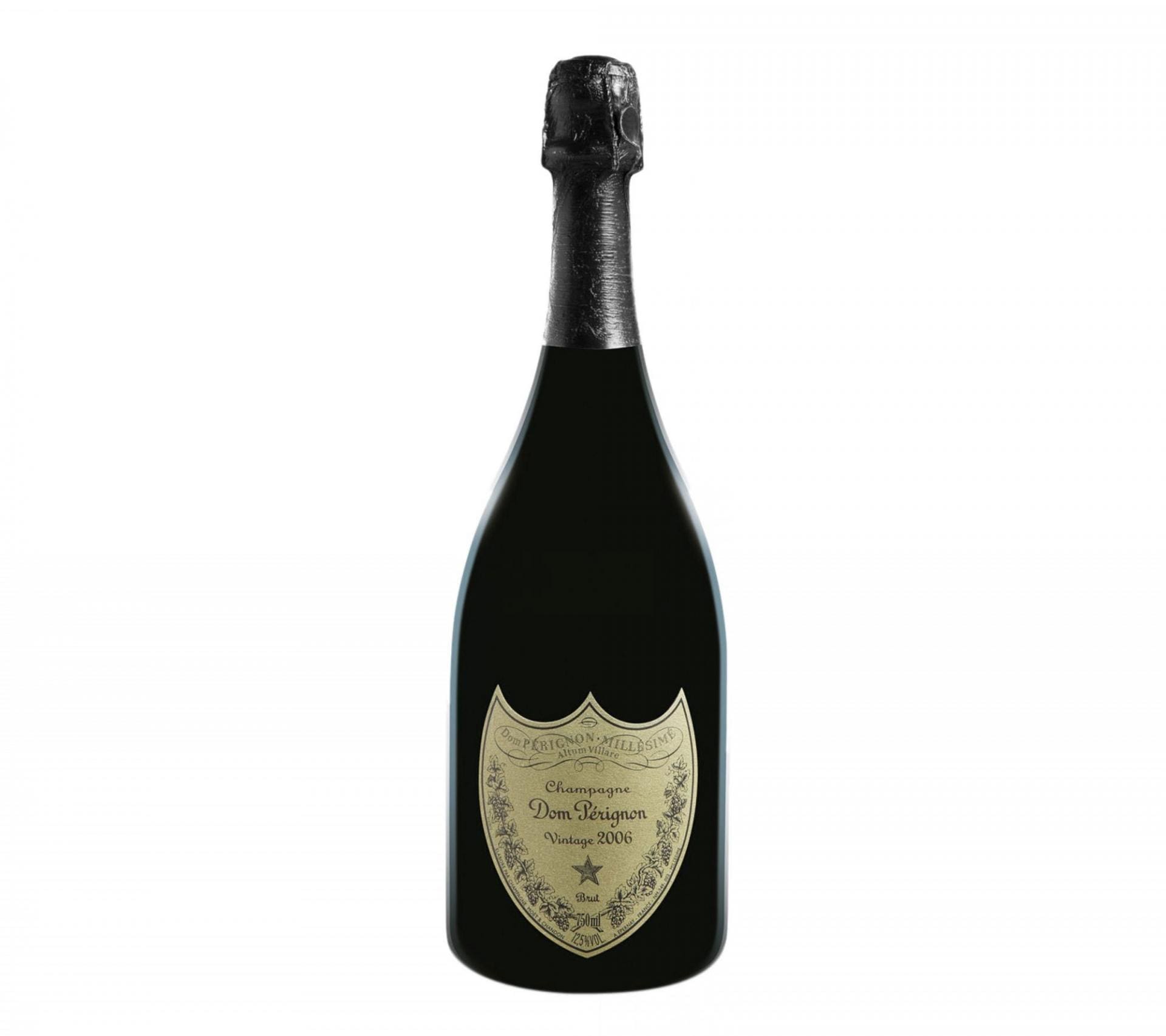
2006 Dom Perignon – £631.20 for a case of six from BBR
Tuscany
Sassicaia was commercially established in the 1960s by Marchese Mario Incisa della Rocchetta on the beautiful Tuscan coast. Top vintages tend to sell very well, due to their potential as an investment vehicle and Sassacia has been massively influential in making Super-Tuscans world figures.
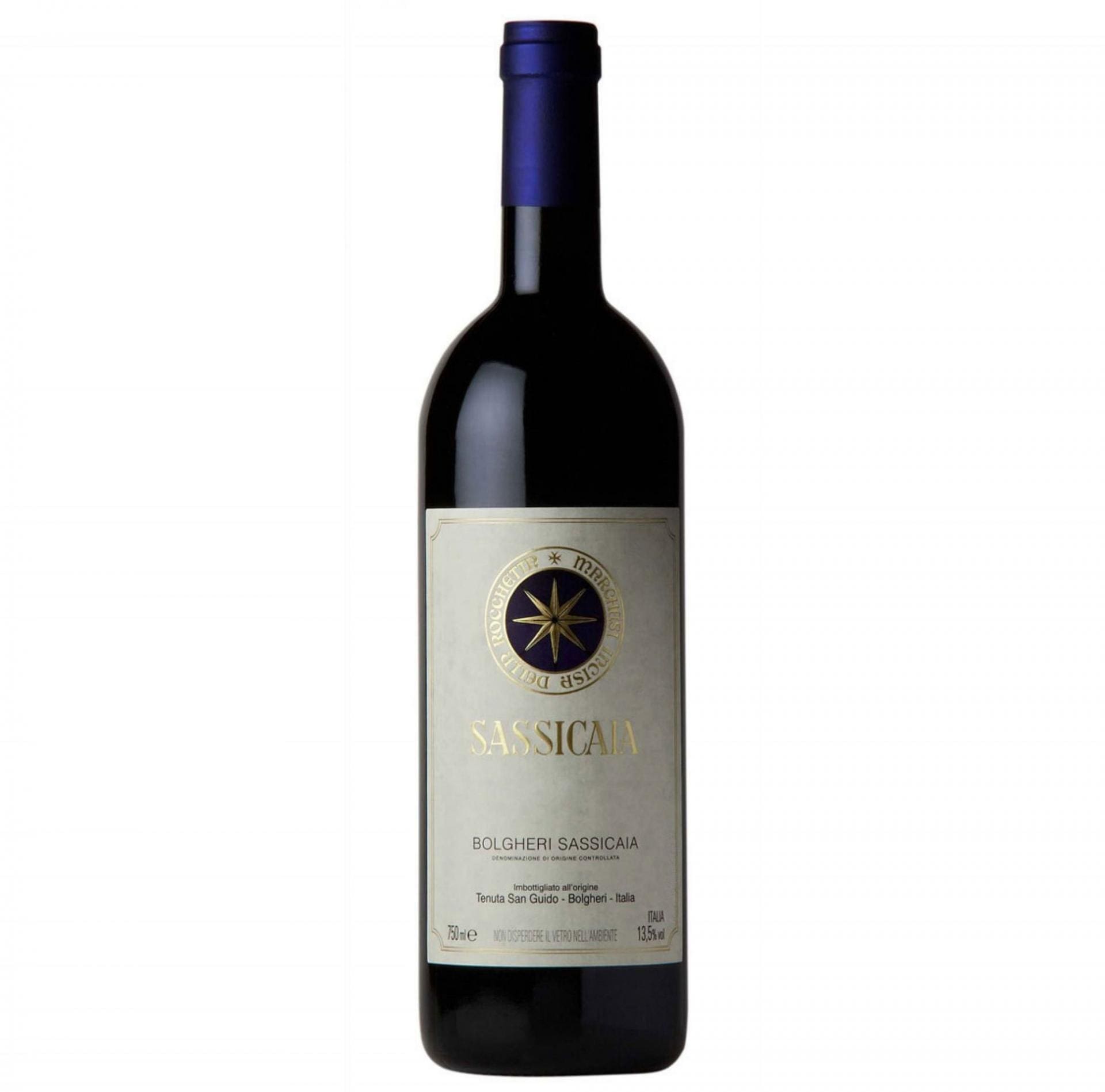
2011 Sassicaia – £1,362 for a case of 12 from BBR
Where to keep your wine
Wine and Spirits merchant Justerini & Brooks has looked after the needs of discerning wine collectors around the globe for more than 260 years. Holding near £200 million worth of wine from over 3,000 of the world’s greatest Châteaux, estates and domaines, this luxury merchant has an unrivalled portfolio. As the largest distributor in the UK of fine wines from Burgundy, Barolo and Germany, it is no wonder that Justerini & Brooks take enormous pride in the exceptional care it gives to storing customers’ wines.
Cellarers (Wines) Ltd, stores customer reserves on behalf of Justerinis’ clients. The company’s Octavian vaults lie 100 feet below the Wiltshire hills, ensuring perfect humidity and temperature conditions. The bespoke storage facility and keep-safe for customers’ rare and collectable bottles was established in 1972.

